A rediscovery of Piet Mondrian's early works shows the Dutch painter in a new light
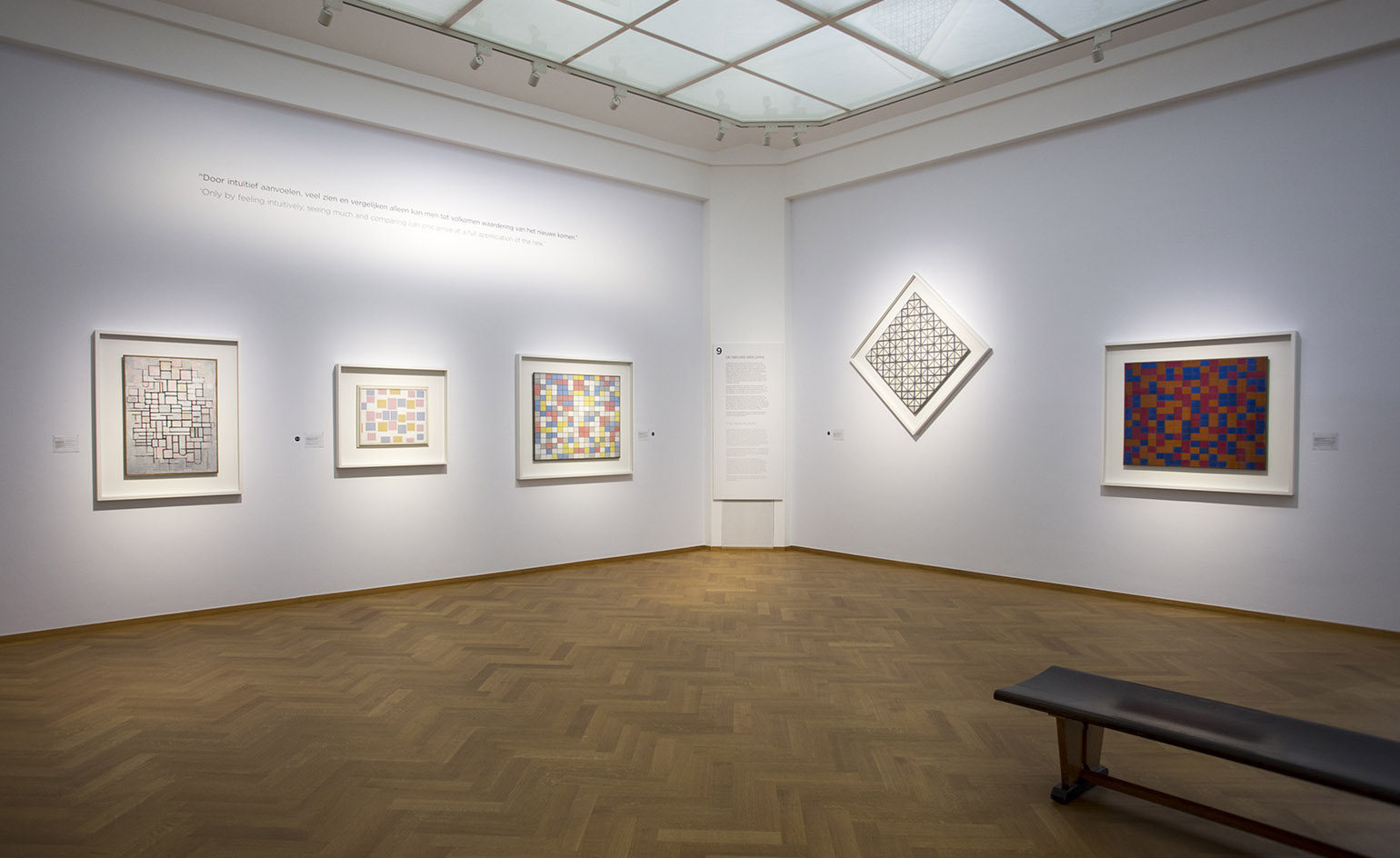
If you thought Piet Mondrian’s art was all abstract geometric forms and primary colours, a new exhibition in the Gemeentemuseum will have you reconsidering this notion. Upon entering the first room, you spot the still life of a dead hare and faithful recreation of an early morning view of Amsterdam’s famed Singel canal.
The next few halls continue in the same vein, showing dozens of bucolic and, at first glance, traditional landscapes and depictions of the sea, dunes and windmills. In total some 300 of the artist’s works – a quarter of his entire output and almost the entirety of the museum’s Mondrian collection – are on show in the exhibition titled 'The Discovery of Mondrian.' Many of them have never seen before by the public, but rediscovered by the museum staff during a massive restoration project between 2009 and 2015.
The little-known early work is important believes curator Hans Janssen, as it shows just how innovative and modern the artist truly was.' He speaks of the 'sense of depth' that carried through to his later work, the visibly sophisticated brushwork techniques ('the working of the paint') but also of something else: 'At first glance some of them look like 19th century rubbish but they have a quality that is very hard to describe and that has to do with a sense of inner self'. Indeed there is a sense of quiet spirituality and optimism that is a constant in all the work, as well as a potent luminosity that lifts the work out of the mundane.
As the years pass there is an intensification of colour and a dynamism perfectly exemplified in the early 1908 piece Mill in the Sunlight, where realism and truth-telling is abandoned for an impressionistic use of bold oranges, reds and yellows that show a mill suffused in shimmering and glorious sunlight.
With every change in style and move to a new city (the exhibition looks at works produced in Amsterdam, Paris, London and New York), it becomes clear that Mondrian was a painter that constantly innovated and renewed and that, like Van Gogh before him, he lived for his art. Janssen calls Mondrian an 'attentive and intuitive artist whose craftsmanship often resulted in unexpected but beautiful things'.
Both the works and the personal items on display (like the letters and his recreated atelier downstairs) are unexpected and rewarding. Mondrian writes in one letter, 'I want to get as close as possible to the truth and am therefore abstracting everything until I get to the foundations…of things’. There is a feeling in this exhibition that the onlooker is doing just that, getting to the essence of what this remarkable artist was about.
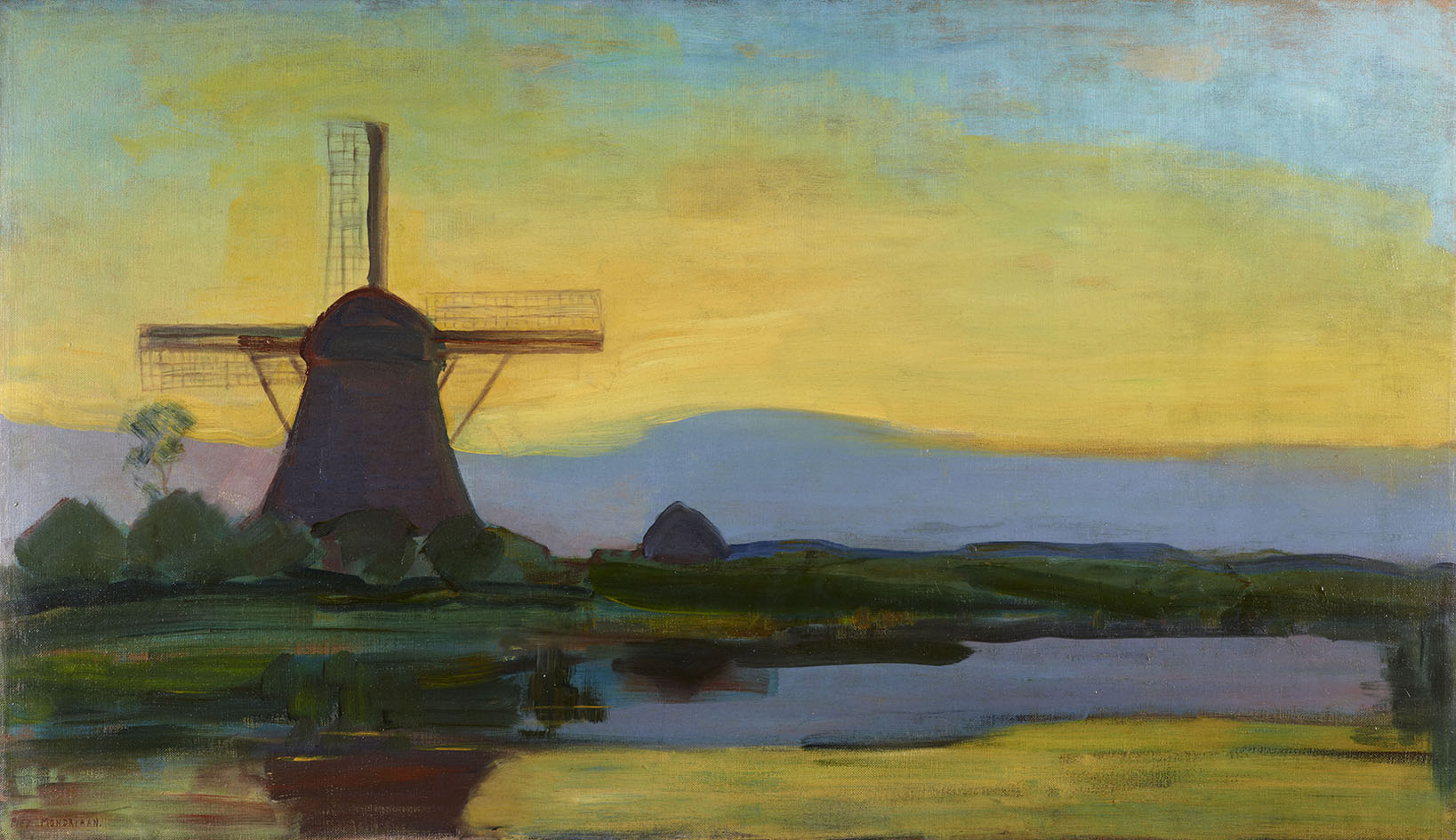
An Oostzijdse Molen bij avond, 1907-1908
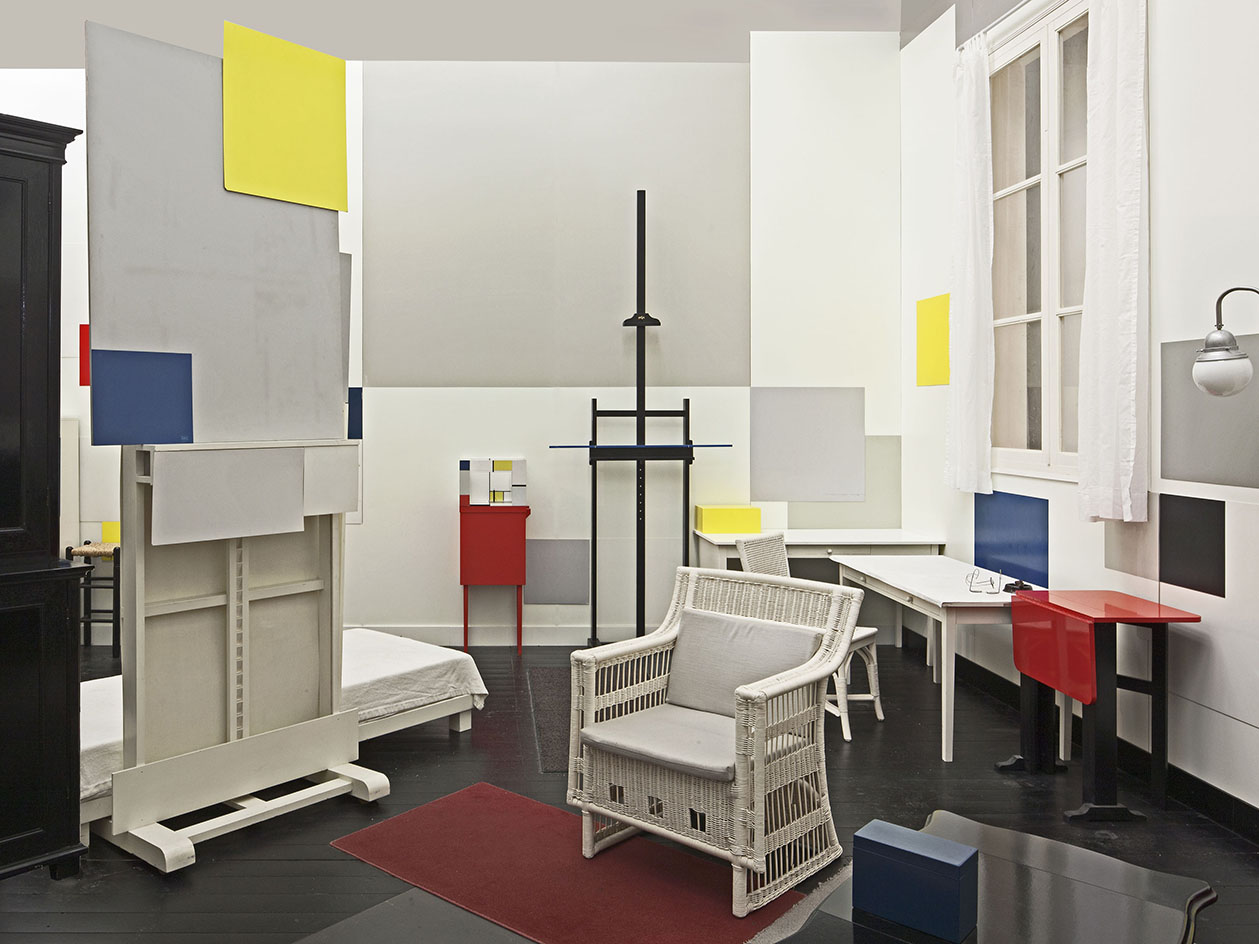
Both the works and the personal items on display (like the letters and his recreated atelier downstairs) are unexpected and rewarding
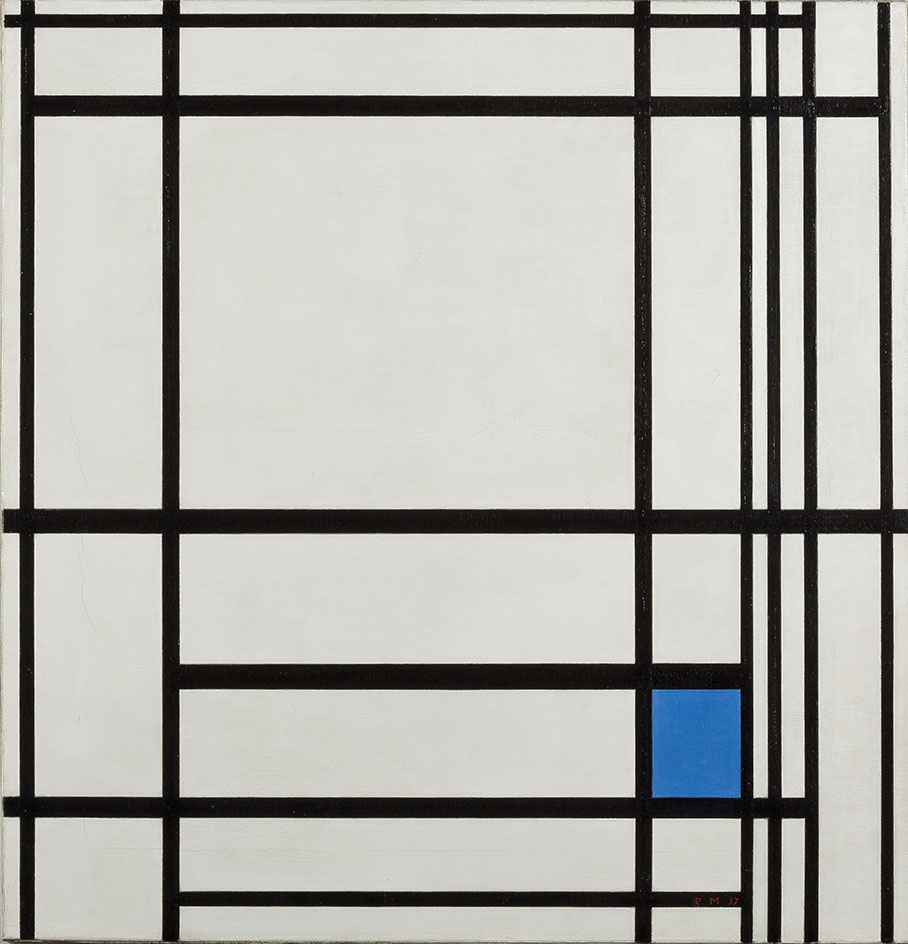
Composition de lignes et couleur III, 1937
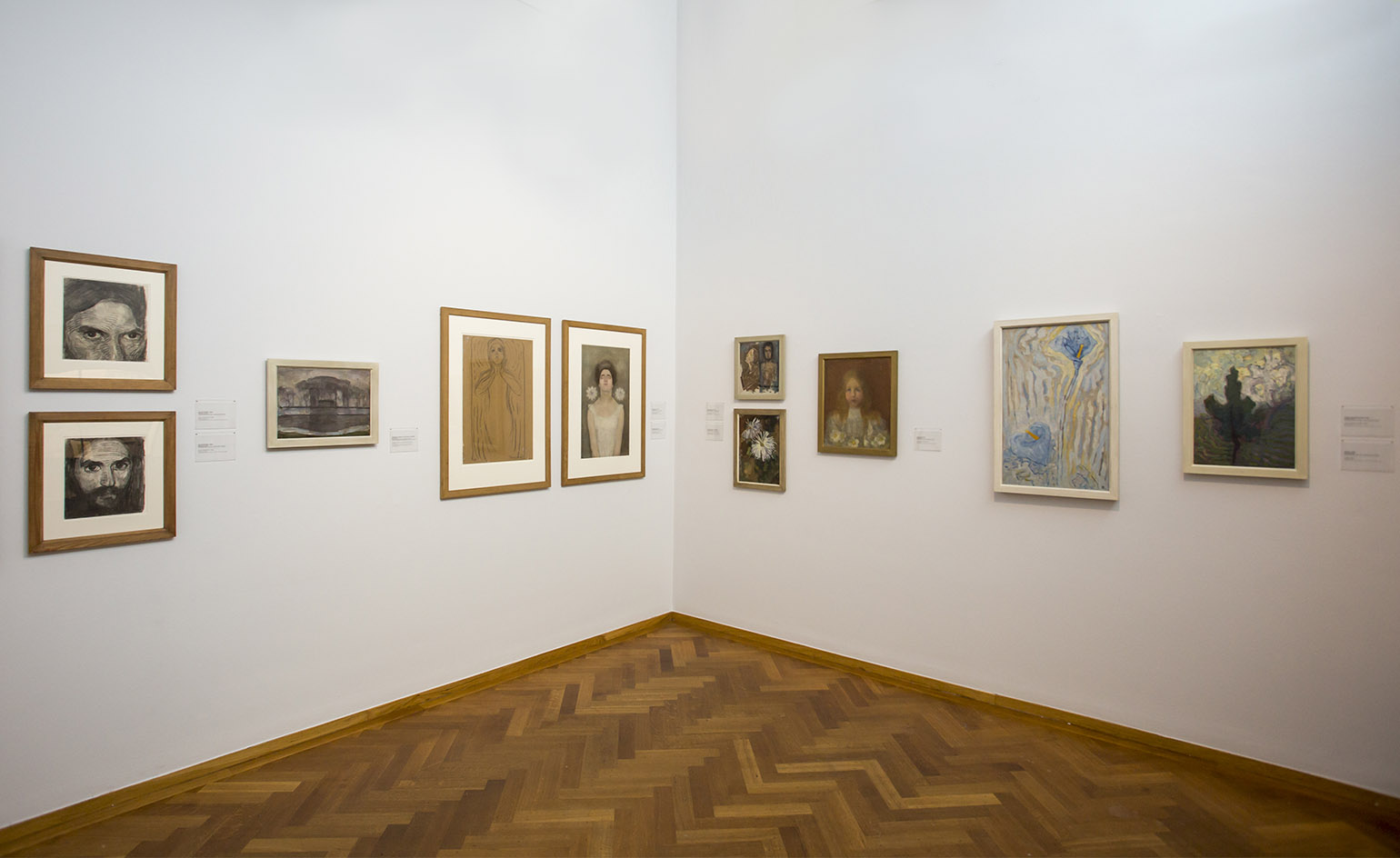
Many of the works have never before been by the public, having been rediscovered by the museum staff during a massive restoration project between 2009 and 2015
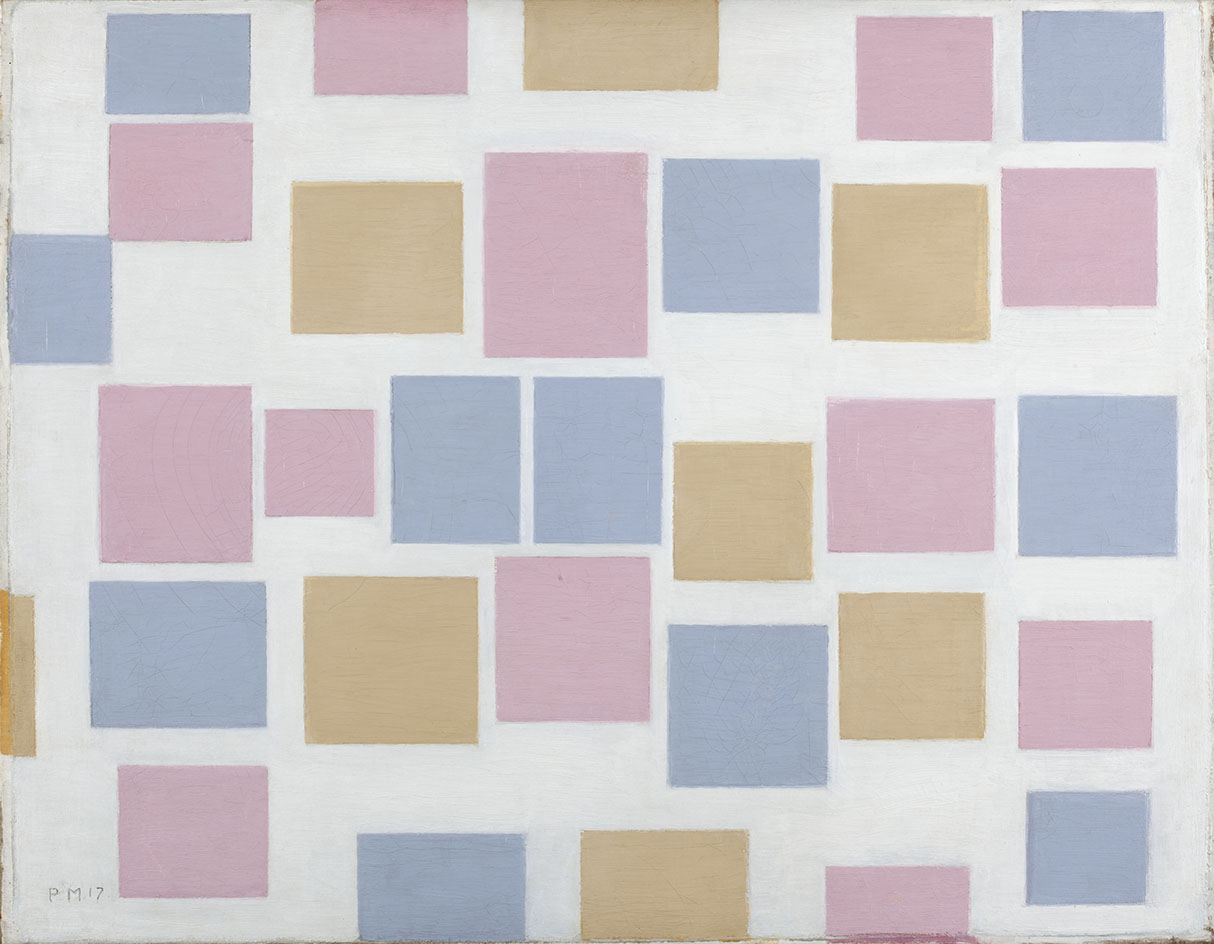
Compositie No. 3 Metkleurvakjes, 1917
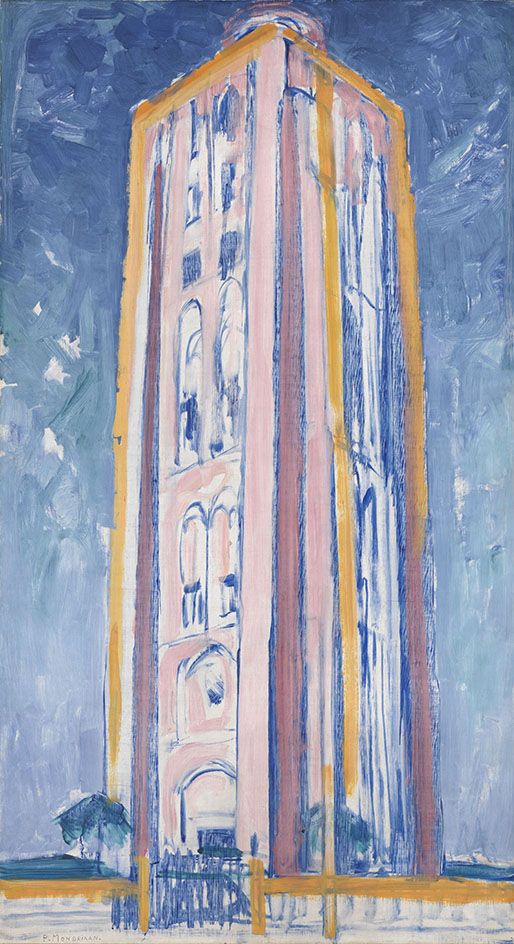
Lighthouse At Westkapelle, 1910
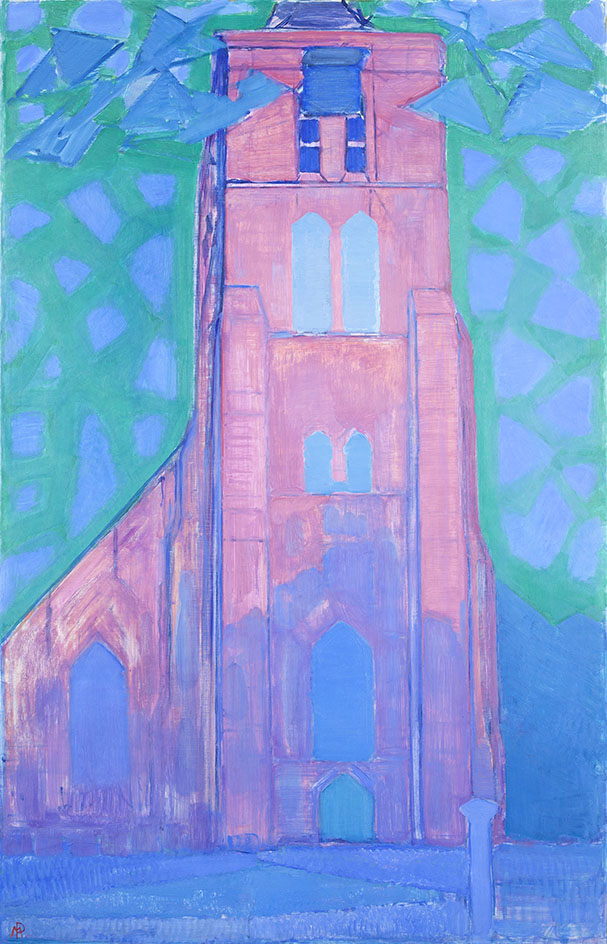
Zeeuwsche kerktoren, 1911
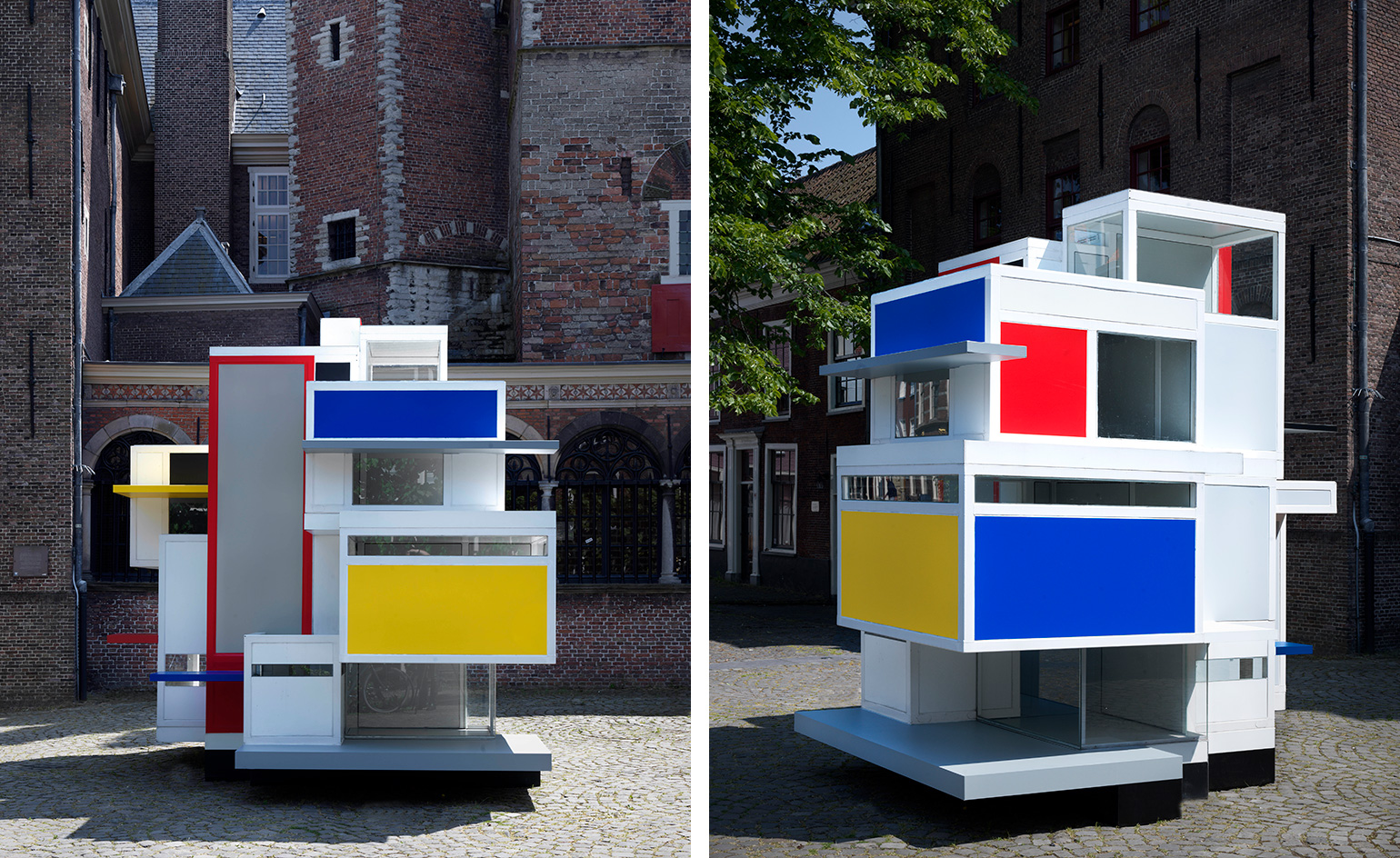
A prototype of the Maison d’Artiste designed by architect Theo van Doesburg and architect Cor van Eesteren in 1923. This 1:5 scale model on display in Leiden is modelled on surviving photographs and part of the ‘Mondrian to Dutch Design’ programme of events celebrating 100 years of De Stijl across the Netherlands throughout 2017.
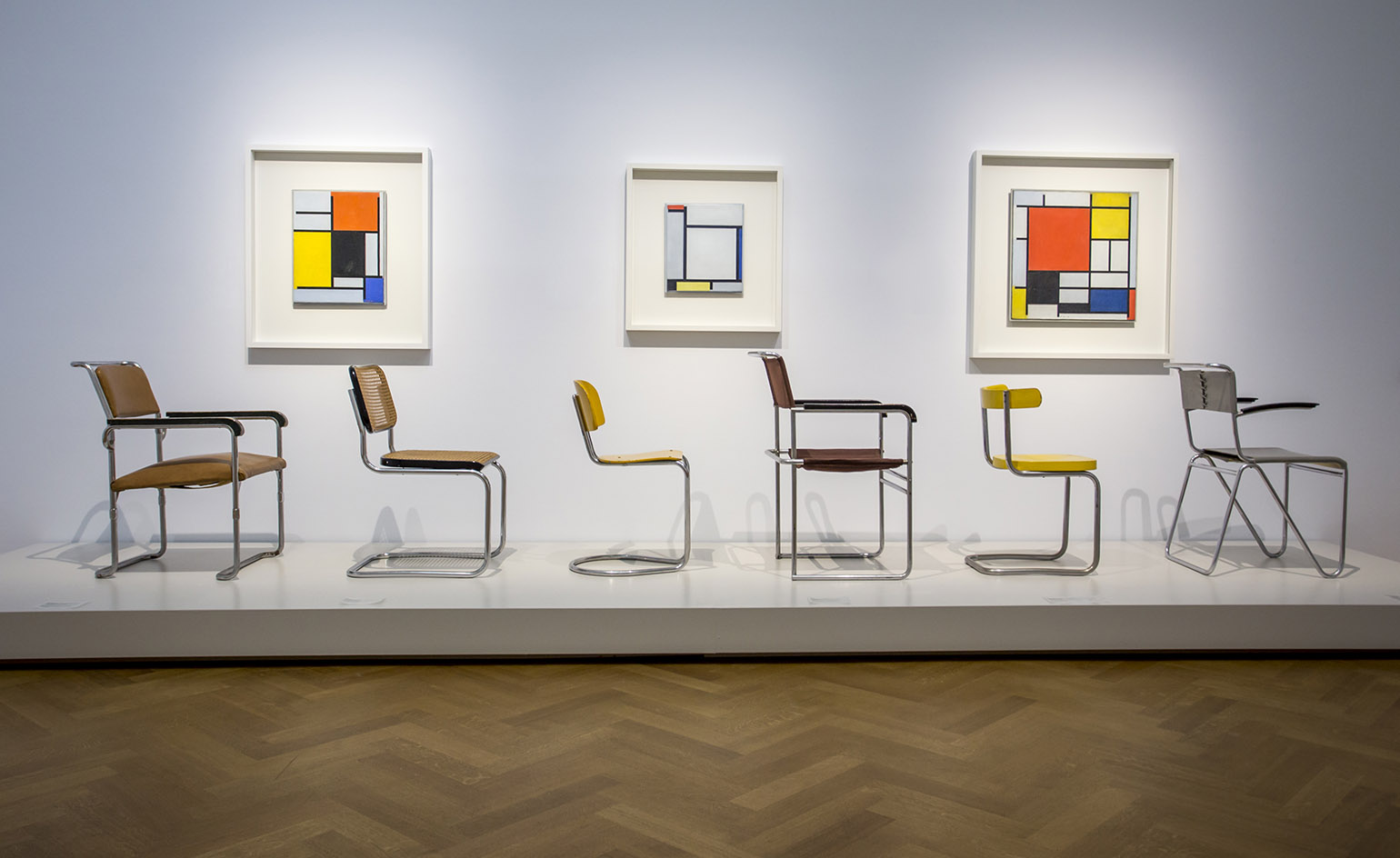
As the years pass there is an intensification of colour and an added dynamism
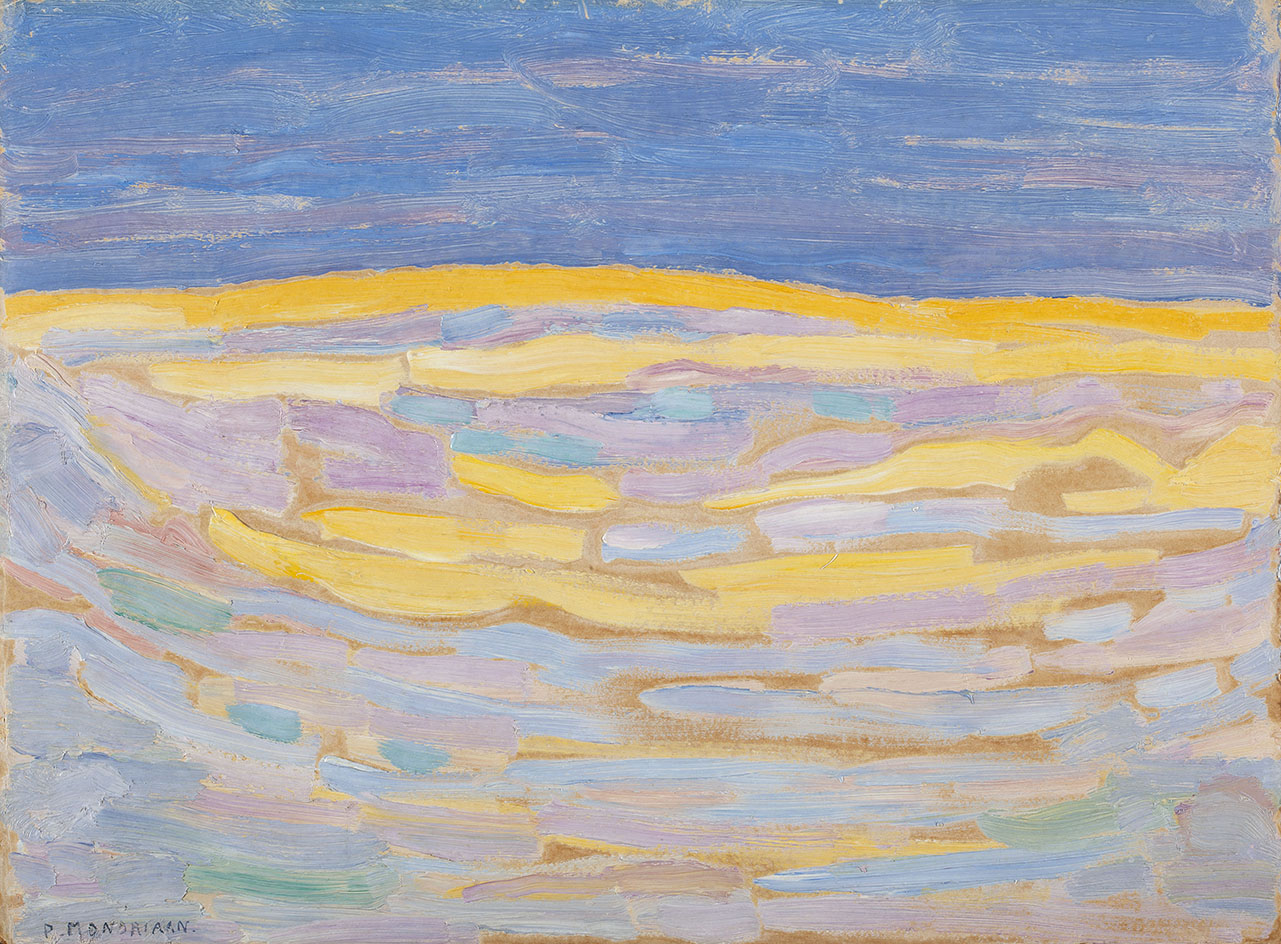
Duin I, 1909
INFORMATION
’The Discovery of Mondrian’ is on view until 24 September at Gemeentemuseum. For more information, visit the website
ADDRESS
Gemeentemuseum Den Haag
Stadhouderslaan 41
2517 HV Den Haag
Netherlands
Wallpaper* Newsletter
Receive our daily digest of inspiration, escapism and design stories from around the world direct to your inbox.
Giovanna Dunmall is a freelance journalist based in London and West Wales who writes about architecture, culture, travel and design for international publications including The National, Wallpaper*, Azure, Detail, Damn, Conde Nast Traveller, AD India, Interior Design, Design Anthology and others. She also does editing, translation and copy writing work for architecture practices, design brands and cultural organisations.
-
 ‘Humour is foundational’: artist Ella Kruglyanskaya on painting as a ‘highly questionable’ pursuit
‘Humour is foundational’: artist Ella Kruglyanskaya on painting as a ‘highly questionable’ pursuitElla Kruglyanskaya’s exhibition, ‘Shadows’ at Thomas Dane Gallery, is the first in a series of three this year, with openings in Basel and New York to follow
By Hannah Silver
-
 Australian bathhouse ‘About Time’ bridges softness and brutalism
Australian bathhouse ‘About Time’ bridges softness and brutalism‘About Time’, an Australian bathhouse designed by Goss Studio, balances brutalist architecture and the softness of natural patina in a Japanese-inspired wellness hub
By Ellie Stathaki
-
 Marylebone restaurant Nina turns up the volume on Italian dining
Marylebone restaurant Nina turns up the volume on Italian diningAt Nina, don’t expect a view of the Amalfi Coast. Do expect pasta, leopard print and industrial chic
By Sofia de la Cruz
-
 ‘Humour is foundational’: artist Ella Kruglyanskaya on painting as a ‘highly questionable’ pursuit
‘Humour is foundational’: artist Ella Kruglyanskaya on painting as a ‘highly questionable’ pursuitElla Kruglyanskaya’s exhibition, ‘Shadows’ at Thomas Dane Gallery, is the first in a series of three this year, with openings in Basel and New York to follow
By Hannah Silver
-
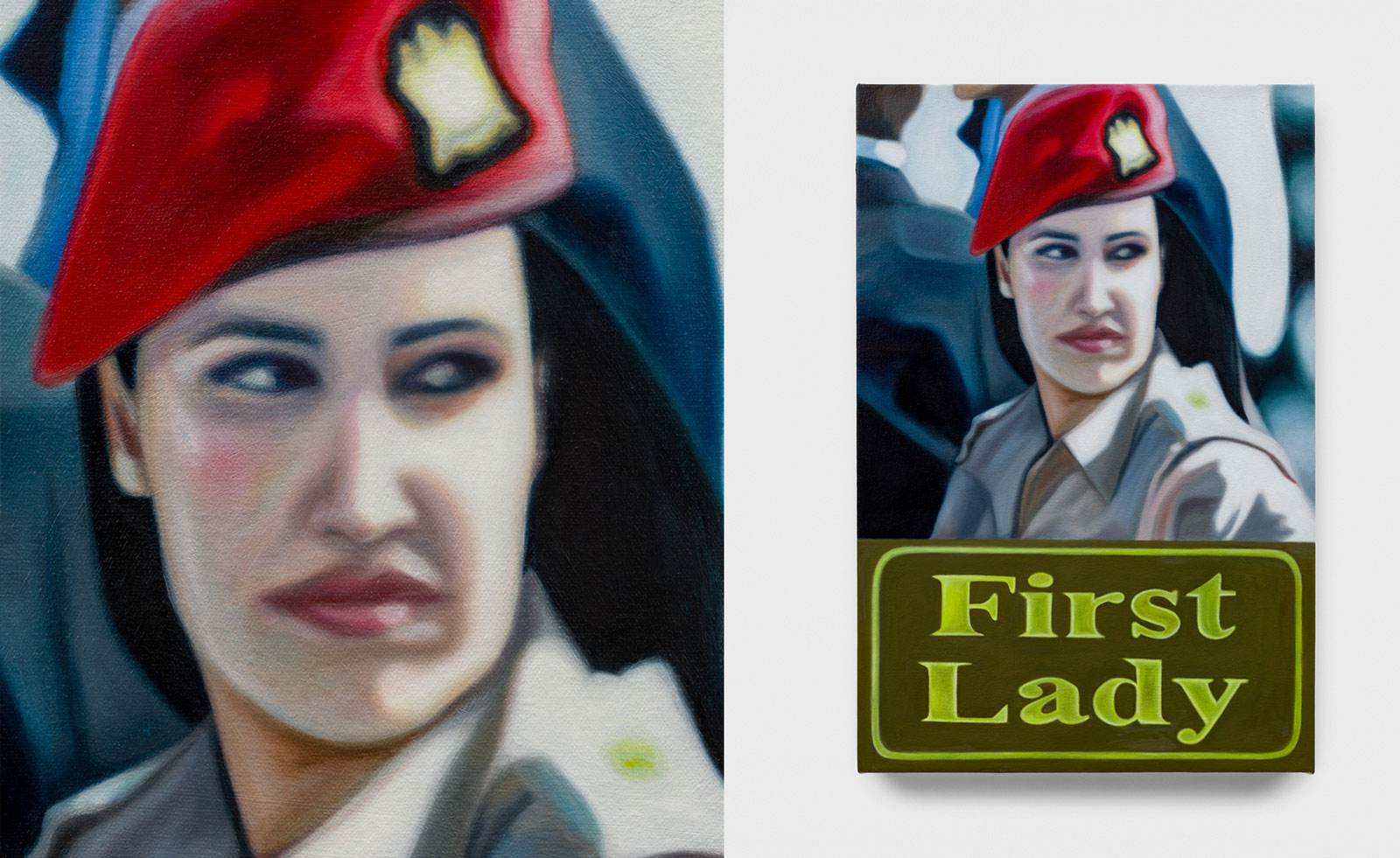 Tasneem Sarkez's heady mix of kitsch, Arabic and Americana hits London
Tasneem Sarkez's heady mix of kitsch, Arabic and Americana hits LondonArtist Tasneem Sarkez draws on an eclectic range of references for her debut solo show, 'White-Knuckle' at Rose Easton
By Zoe Whitfield
-
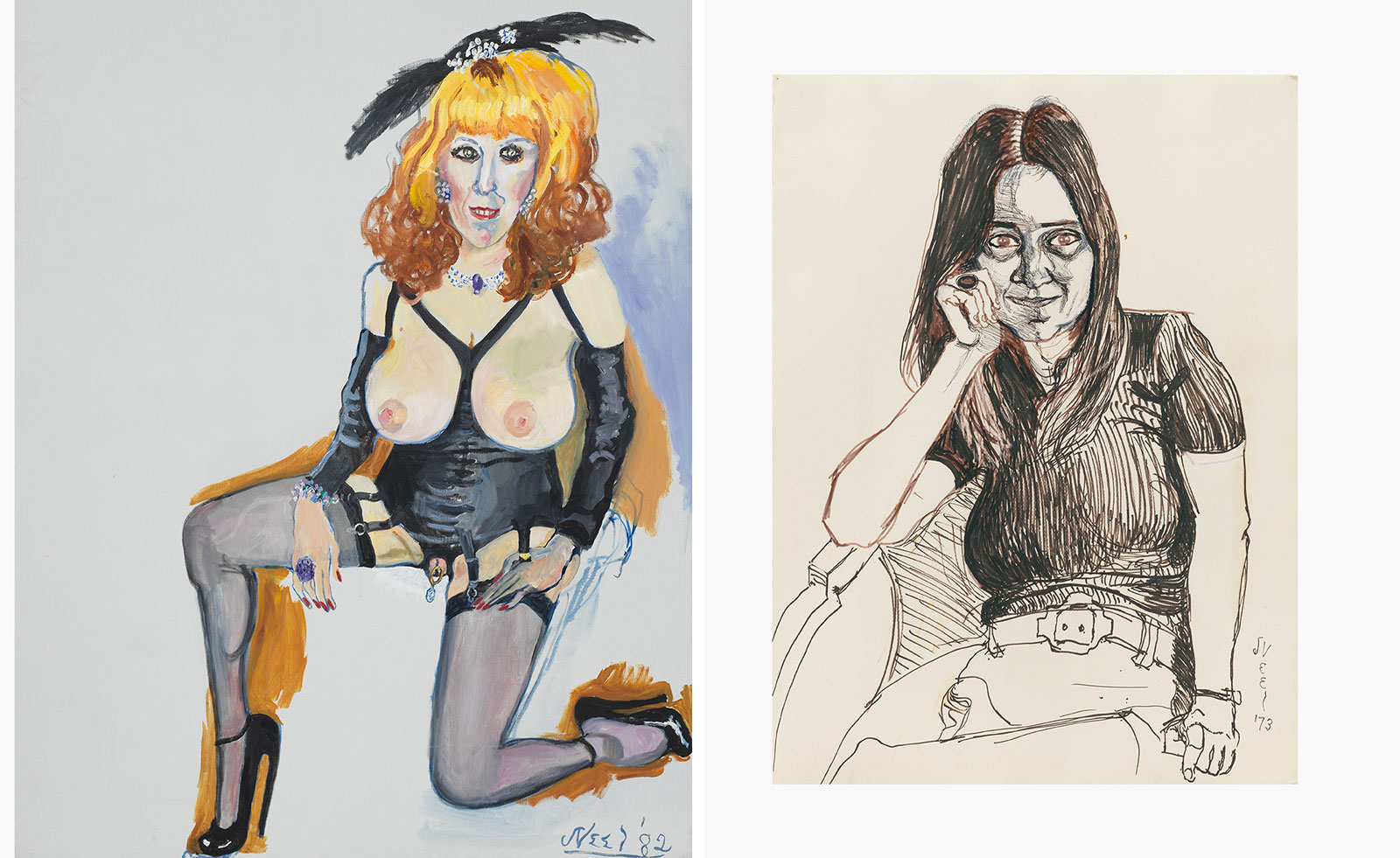 Alice Neel’s portraits celebrating the queer world are exhibited in London
Alice Neel’s portraits celebrating the queer world are exhibited in London‘At Home: Alice Neel in the Queer World’, curated by Hilton Als, opens at Victoria Miro, London
By Hannah Silver
-
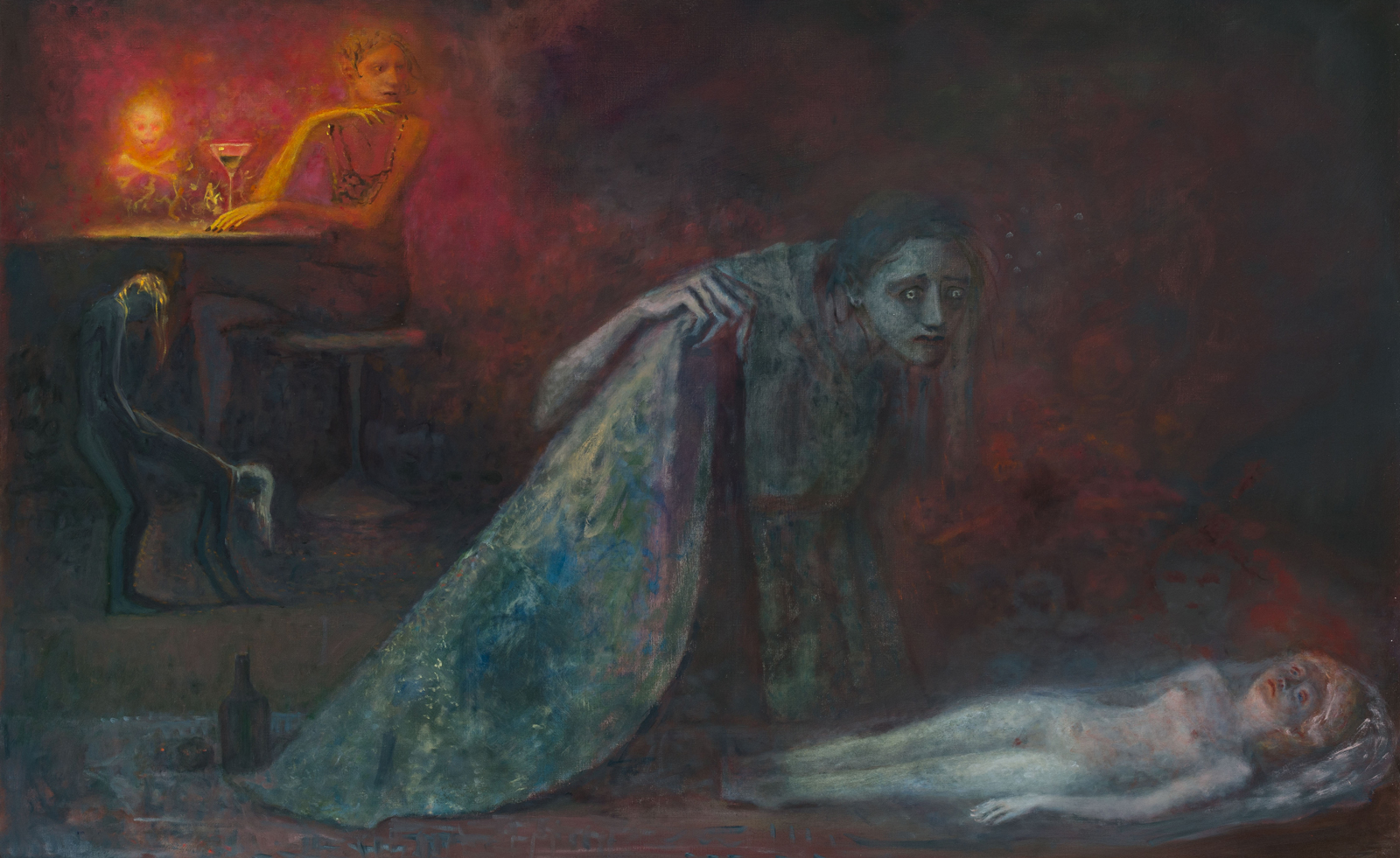 ‘You have to face death to feel alive’: Dark fairytales come to life in London exhibition
‘You have to face death to feel alive’: Dark fairytales come to life in London exhibitionDaniel Malarkey, the curator of ‘Last Night I Dreamt of Manderley’ at London’s Alison Jacques gallery, celebrates the fantastical
By Phin Jennings
-
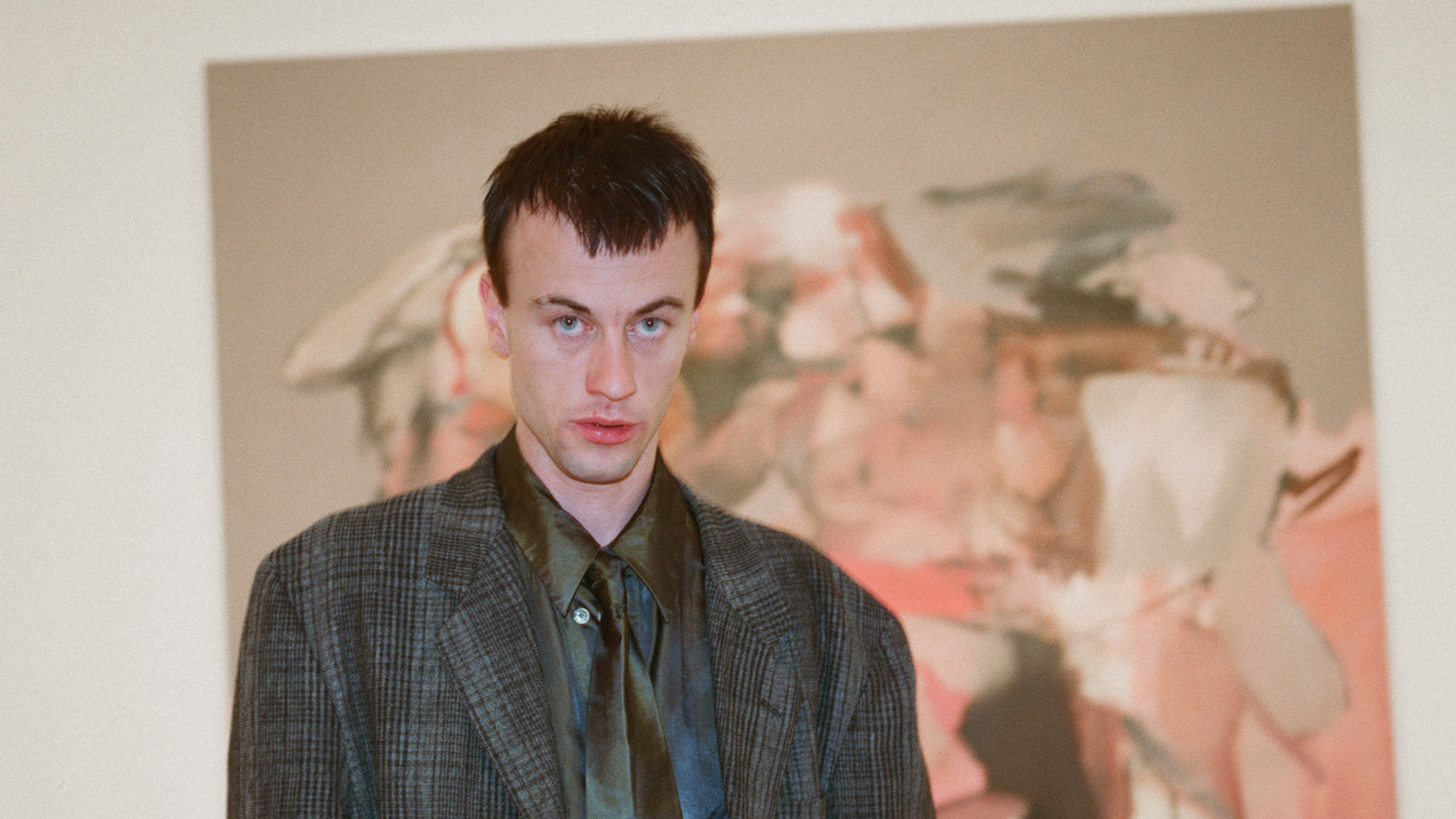 Inside the distorted world of artist George Rouy
Inside the distorted world of artist George RouyFrequently drawing comparisons with Francis Bacon, painter George Rouy is gaining peer points for his use of classic techniques to distort the human form
By Hannah Silver
-
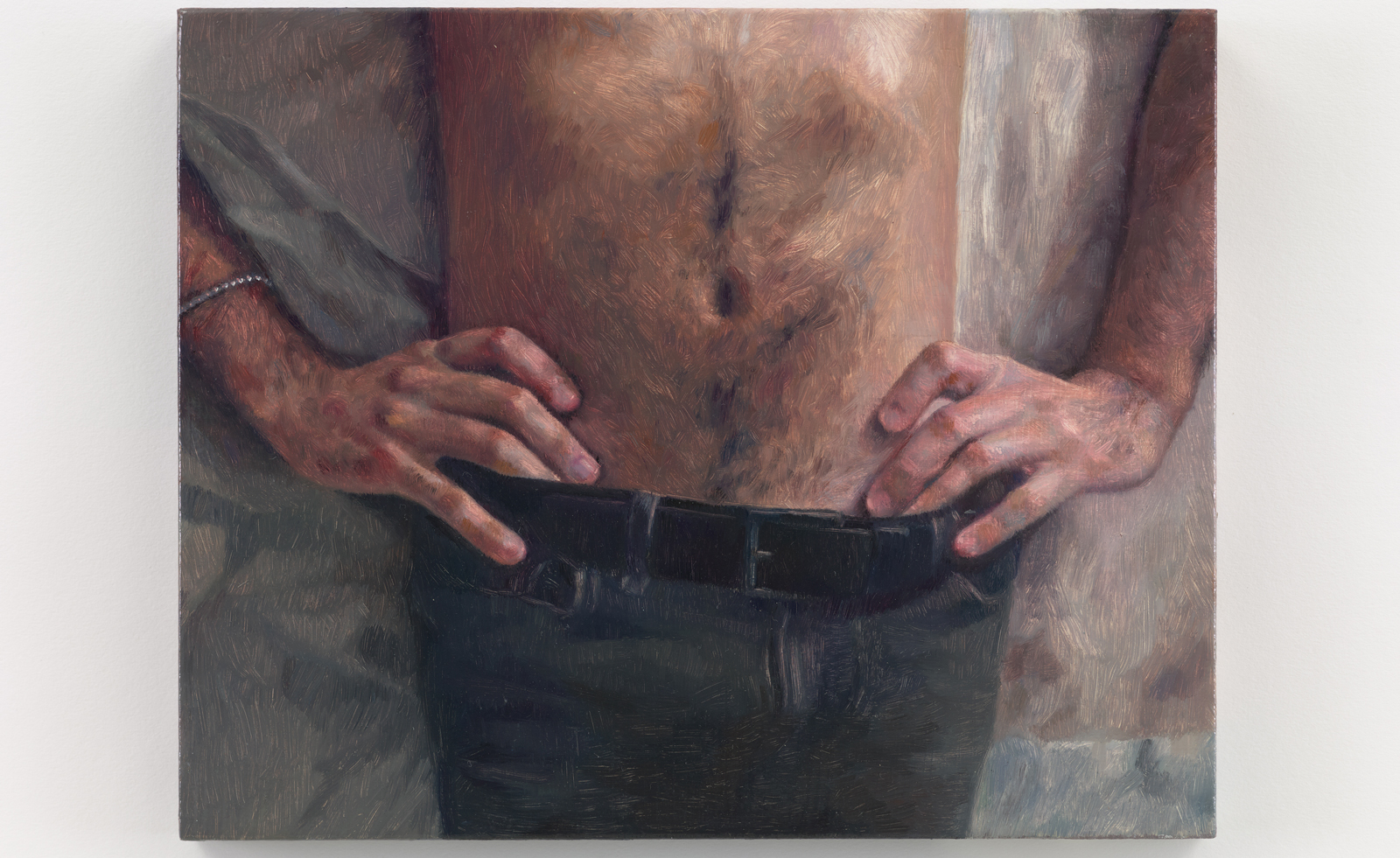 Love, melancholy and domesticity: Anna Calleja is a painter to watch
Love, melancholy and domesticity: Anna Calleja is a painter to watchAnna Calleja explores everyday themes in her exhibition, ‘One Fine Day in the Middle of the Night’, at Sim Smith, London
By Emily Steer
-
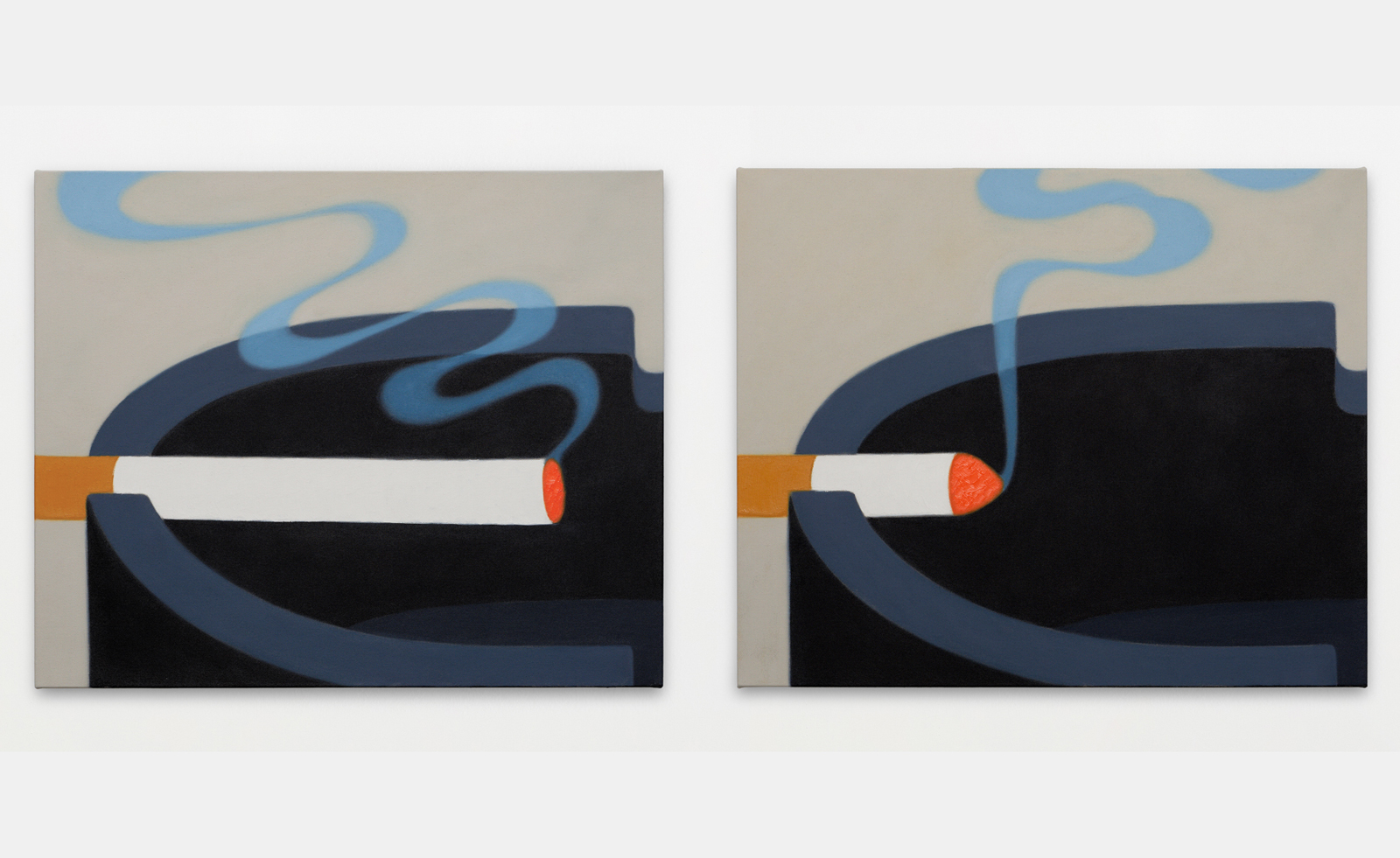 Henni Alftan’s paintings frame everyday moments in cinematic renditions
Henni Alftan’s paintings frame everyday moments in cinematic renditionsConcurrent exhibitions in New York and Shanghai celebrate the mesmerising mystery in Henni Alftan’s paintings
By Osman Can Yerebakan
-
 Inside Jack Whitten’s contribution to American contemporary art
Inside Jack Whitten’s contribution to American contemporary artAs Jack Whitten exhibition ‘Speedchaser’ opens at Hauser & Wirth, London, and before a major retrospective at MoMA opens next year, we explore the American artist's impact
By Finn Blythe